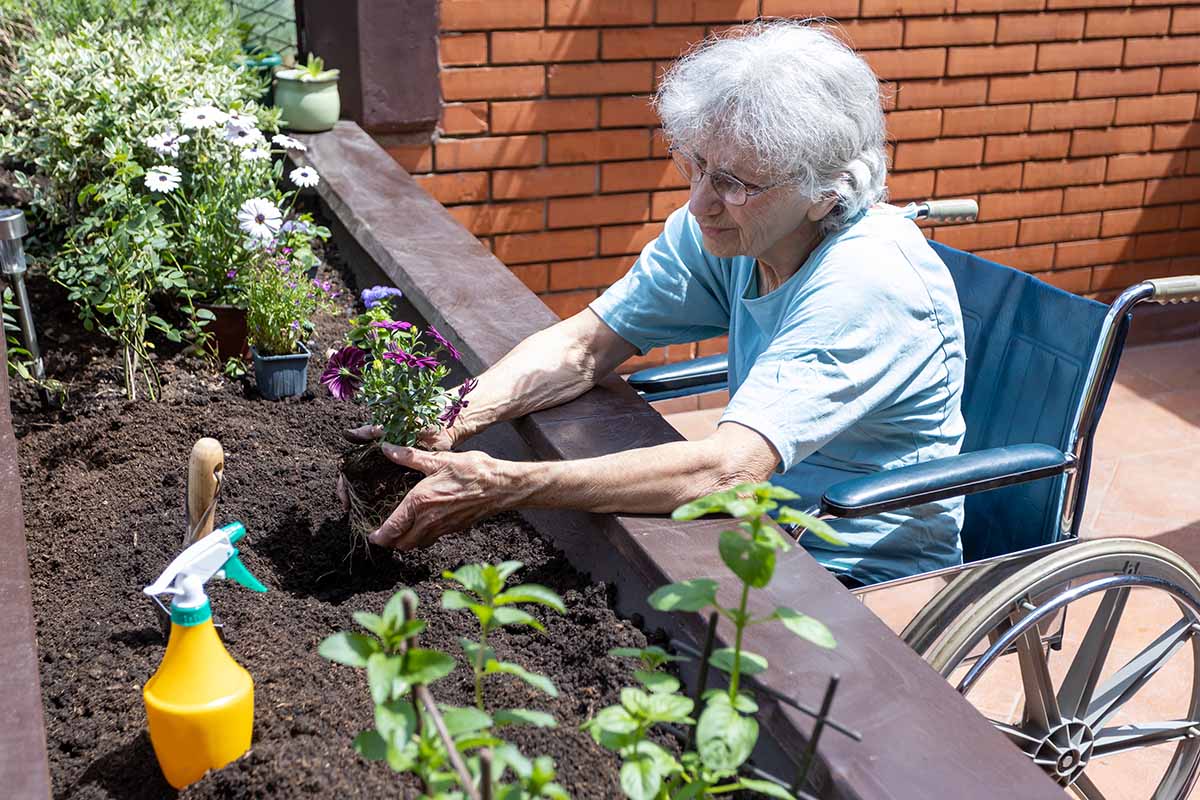Introduction
Elderly-friendly garden design is all about crafting accessible, low-maintenance spaces that seniors can enjoy effortlessly. Embracing raised beds, easy-care plants, and ergonomic tools, this comprehensive guide covers the essentials of planting and maintaining a serene garden that’s as beautiful as it is functional for older adults.
Accessible Layouts for Safety and Comfort
Accessibility is paramount in elderly-friendly garden design. Level paths, raised planting beds, and comfortable seating areas allow seniors to tend to their garden without the physical strain. Pathways should be wide, with smooth surfaces to accommodate walkers or wheelchairs, and seating should be sturdy and strategically placed for frequent rest breaks.
Plant Selection for Low-Maintenance Care
Choosing the right plants can significantly reduce the amount of maintenance a garden requires. Drought-tolerant native plants, perennials that return each year, and self-seeding plants provide lasting beauty with minimal effort. Shrubs and small trees can add structure and shade without the constant care that annual flower beds demand.
Ergonomic Tools and Equipment
Ergonomic gardening tools designed to minimize discomfort can make a world of difference for elderly gardeners. Tools with padded handles and lightweight materials reduce the stress on joints and make gardening tasks more manageable. Additionally, incorporating garden benches and potting tables at comfortable heights can eliminate the need for bending and stooping.
Sensory and Therapeutic Elements
Gardens can be a source of sensory stimulation and therapy. Fragrant herbs, such as lavender and rosemary, can be both calming and invigorating. Incorporating plants with varied textures and colors stimulates the senses and can have therapeutic benefits. Bird feeders and water features also invite wildlife, providing entertainment and a connection to nature.
Adapting to the Changing Seasons
A garden for the elderly should adapt to the changing seasons with ease. Deciduous trees that provide shade in summer can let light in during winter. Evergreens can offer year-round interest and structure. Annuals and bulbs can be used to introduce seasonal color without requiring long-term commitment.
Sustainable Practices for Ease and Conservation
Sustainable gardening practices, like composting, rainwater harvesting, and mulching, are beneficial for the environment and can also make gardening more manageable for seniors. These practices reduce waste, conserve water, and keep the garden healthy with less intervention.
Community and Social Interaction
Gardens can be a wonderful way for seniors to interact with their community. Spaces for group activities, like community gardening or educational workshops, encourage social interaction and shared enjoyment of the space. These activities can provide a sense of belonging and contribute to the overall well-being of elderly individuals.
Conclusion
An elderly-friendly garden design is about more than just beauty; it’s about creating a functional, safe, and enjoyable space that accommodates the unique needs of older adults. By integrating smart design with the right plants and tools, seniors can relish the therapeutic benefits of gardening without the physical strain, making their golden years truly bloom.

